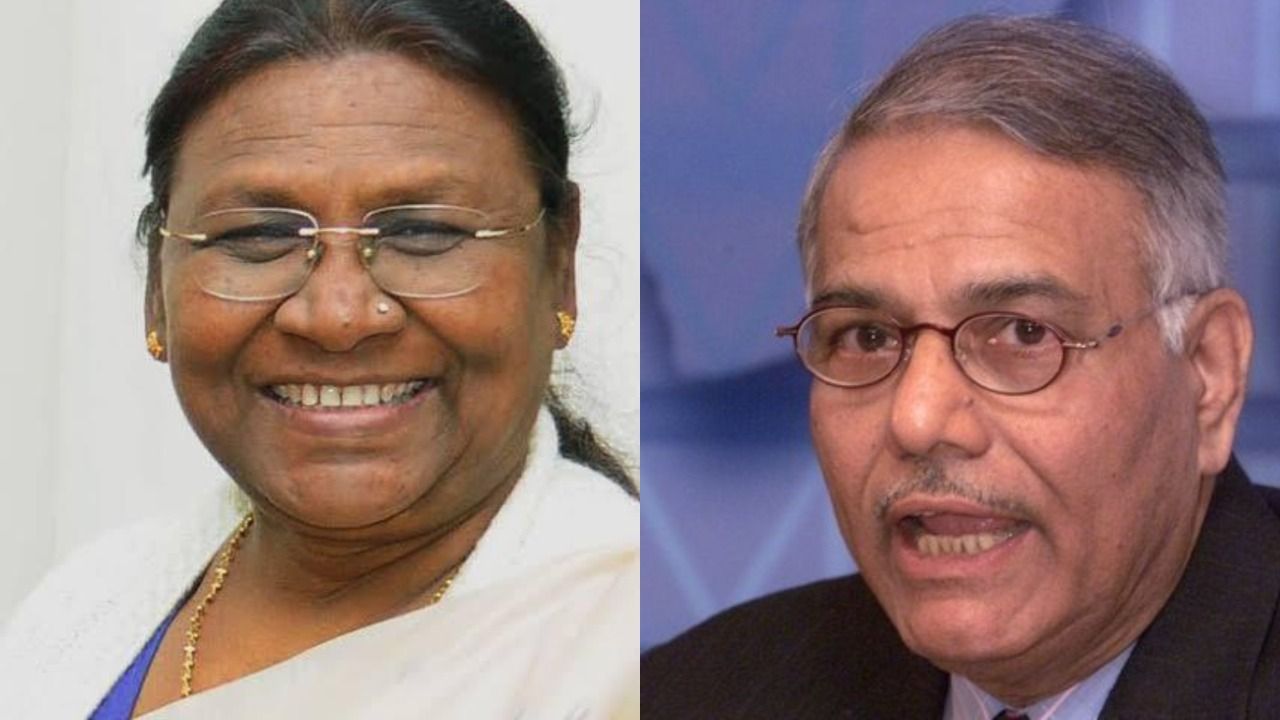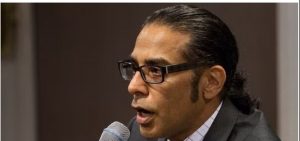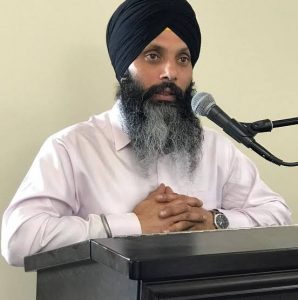India, the world’s
largest democracy, will get to know its 15th president Thursday.
Votes for the presidential elections, which were cast on July 18, will be
counted on July 21. Counting will begin in Parliament at 11 am. The choice is
between Droupadi Murmu, an Adivasi woman previously associated with the BJP,
who has served as the governor of Jharkhand and Yashwant Sinha, a career
bureaucrat formerly associated with BJP and later the Trinamool Congress.
Also Read | How India elects its President
India’s
presidential elections follow a preferential system. Votes are cast on the
basis of preference by members of Parliament and members of legislative
assemblies. The most preferred candidate wins the polls. The counting process
for India’s presidential elections is as follows:
1.
Returning
officers will first sort and check the votes
2.
The
ballots contain an order of preferences
3.
MPs
mark their preferences in green while MLAs mark their preferences in pink
4.
There
will be two trays: One for Droupadi Murmu and another for Yashwant Sinha
5.
Ballots
which list Droupadi Murmu’s name first will be placed on her tray while those
with Yashwant Sinha’s name first will be placed on his.
6.
The
value of one MPs vote is equal to 700
7.
The
value of MLA votes depends on the population of the state
8.
Votes
will be counted after sorting of polls
9.
The
winner of the presidential election does not depend on who gets the most votes,
but on who gets the most votes in a certain quota. The quota is determined by
adding the votes polled for each candidate, dividing the sum by two and adding
one to it.
10. Results of the
presidential elections are likely to be declared by evening.
Also Read |
Who is Draupadi Murmu, BJP’s nominee for President of India post?
The new Indian
President is scheduled to be sworn in on July 25. Outgoing President Ram Nath
Kovind will remit office on June 24. Kovind was India’s first Dalit president.







